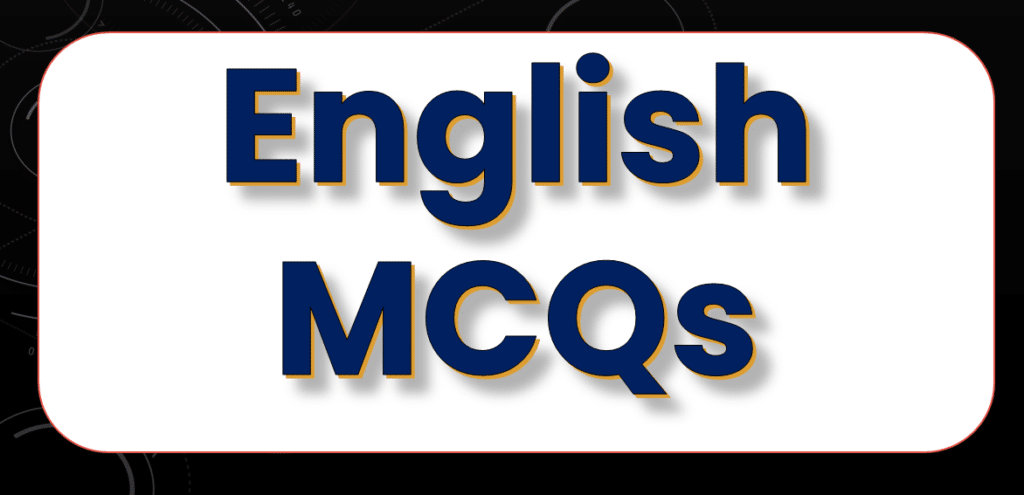Composed Upon Westminster Bridge MCQs. These 100 Multiple Choice Questions with Answer and Explanation will help you score full marks in your class 11 English exam.

Composed Upon Westminster Bridge MCQs
I. Background and Context – Composed Upon Westminster Bridge MCQs
A. William Wordsworth and the Romantic Era: (MCQ 1 to 10)
B. The Sonnet Form: (MCQ 11 to 20)
C. Historical and Social Context: (MCQ 21 to 30)
II. Close Reading and Analysis – Composed Upon Westminster Bridge MCQs
A. Structure and Form: (MCQ 31 to 40)
B. Imagery and Language: (MCQ 41 to 55)
C. Themes and Ideas: (MCQ 56 to 70)
III. Critical Perspectives and Interpretations – Composed Upon Westminster Bridge MCQs
A. The Sublime in Romantic Poetry: (MCQ 71 to 80)
B. Ecocritical Readings: (MCQ 81 to 90)
C. The City and the Individual: (MCQ 91 to 100)
Read Also: As You Like It MCQs Questions And Answers – Best 100 MCQs